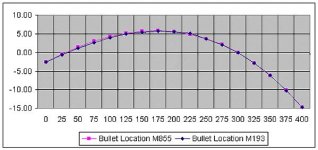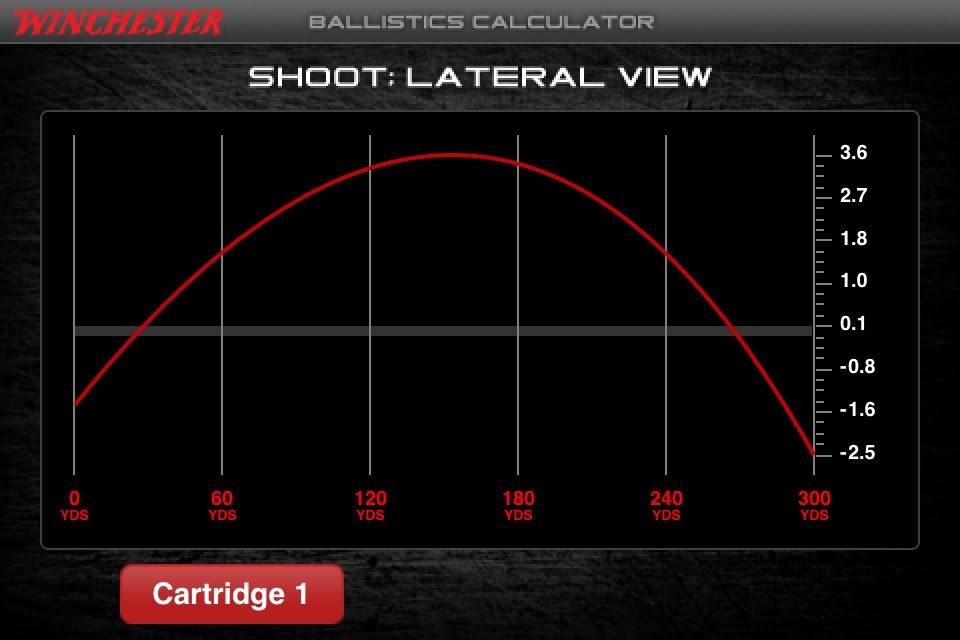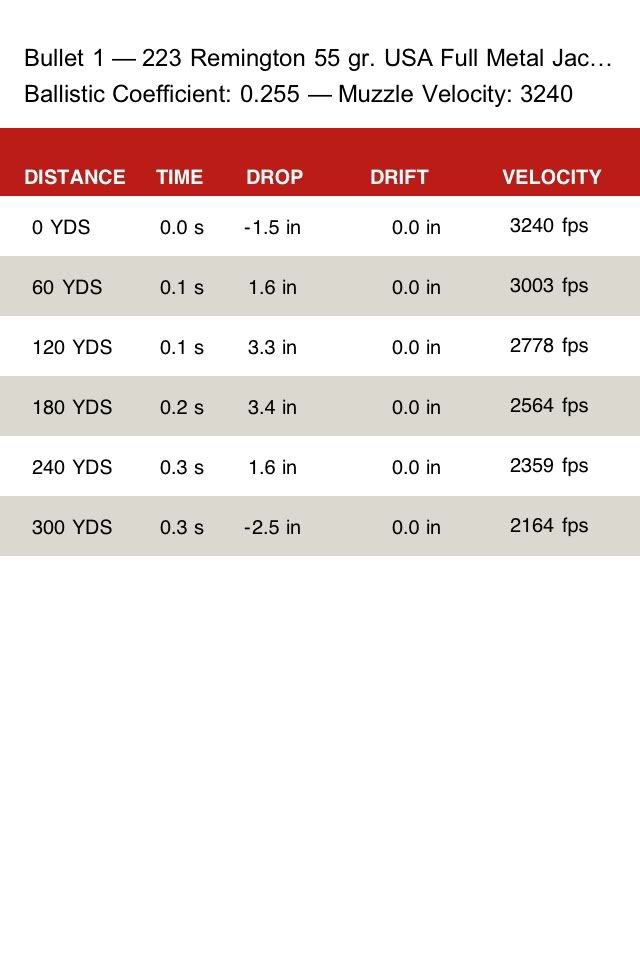MyCleverSN
Inactive
Okay so I guess you can say I'm quite new to guns. I've grown up liking them as a little boy and joined the Army national guard(11b) 2 years ago and went to OSUT at Ft Benning. That was the first time I ever shot a gun..
The only rifle I have ever zeroed is the standard issue M4 carbine in OSUT and drills when we go to the range(Which is practically never, it's bs, infantry unit that never shoot... how bout that). We zero I believe at 25M for a 300M range. This is where my question comes in for the M4 as well as a sniper rifle that I am building. How does zeroing at 25M make the weapon zeroed effectively at 300M? Does this mean if I zero at a further distance than 25M then the weapon is zeroed for further targets? Or is there a set limit on where to zero and that weapon is zeroed with your sights/optics and you adjust appropriately to wind direction, height, wind speed ect...?
I'm building a cheap sniper rifle for no more then $300. If I zero this rifle at a indoor shooting range to my "scope" at 25 YARDS, how far is it zeroed to?
THANKS
I'm building the sniper rifle out of a Mosin Nagant 9130.
The only rifle I have ever zeroed is the standard issue M4 carbine in OSUT and drills when we go to the range(Which is practically never, it's bs, infantry unit that never shoot... how bout that). We zero I believe at 25M for a 300M range. This is where my question comes in for the M4 as well as a sniper rifle that I am building. How does zeroing at 25M make the weapon zeroed effectively at 300M? Does this mean if I zero at a further distance than 25M then the weapon is zeroed for further targets? Or is there a set limit on where to zero and that weapon is zeroed with your sights/optics and you adjust appropriately to wind direction, height, wind speed ect...?
I'm building a cheap sniper rifle for no more then $300. If I zero this rifle at a indoor shooting range to my "scope" at 25 YARDS, how far is it zeroed to?
THANKS
I'm building the sniper rifle out of a Mosin Nagant 9130.




